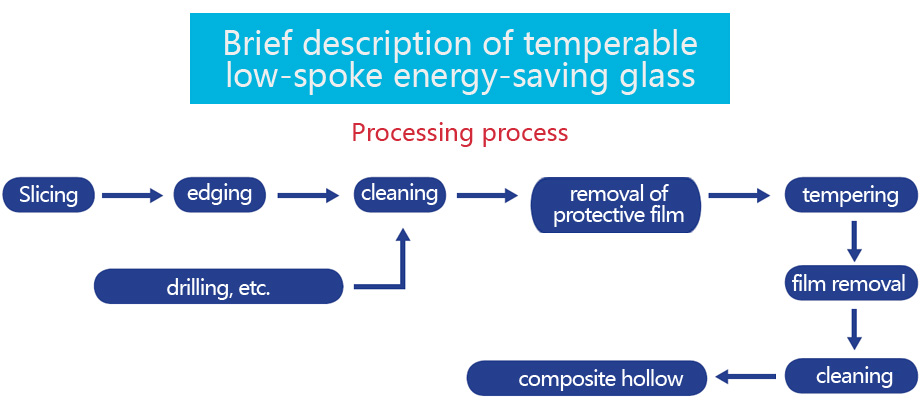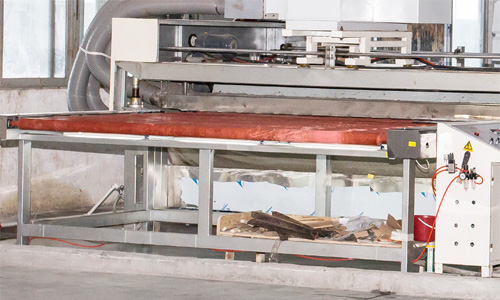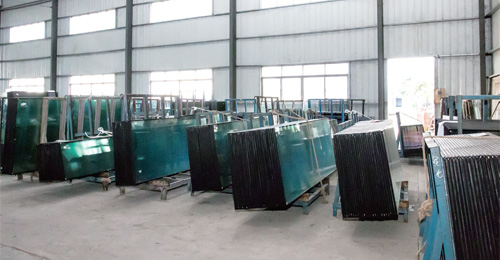Address: No.6 Zone B Wenhua development zone Shuibu Town, Taishan City Jiangmen, Guangdong China
Telephone: +86-750-5452585(CN) +1917-216-6118(US) Fax: +86-750-5452588 E-mail: 1346209046@qq.com Starlightglass24@gmail.com
Copyright © Starlight Glass Technology Co., Ltd All Rights Reserved. Website Design:
BASHU
Hot keywords on this site:
Tempered glass、Building curtain wall glass、Hollow glass、Low-E(energy saving) glass、Flat curved glass、Frosted glass、Shower room glass、Glass elevator glass、Fireproof glass、Balustrades、Home appliance、Glass door refrigerators








